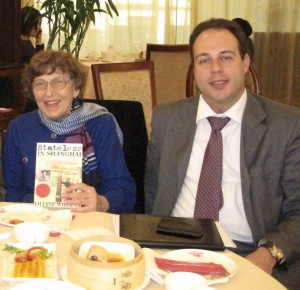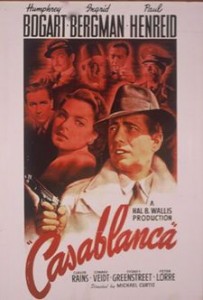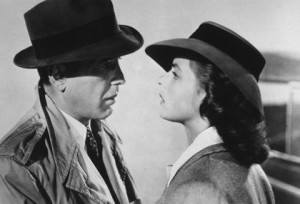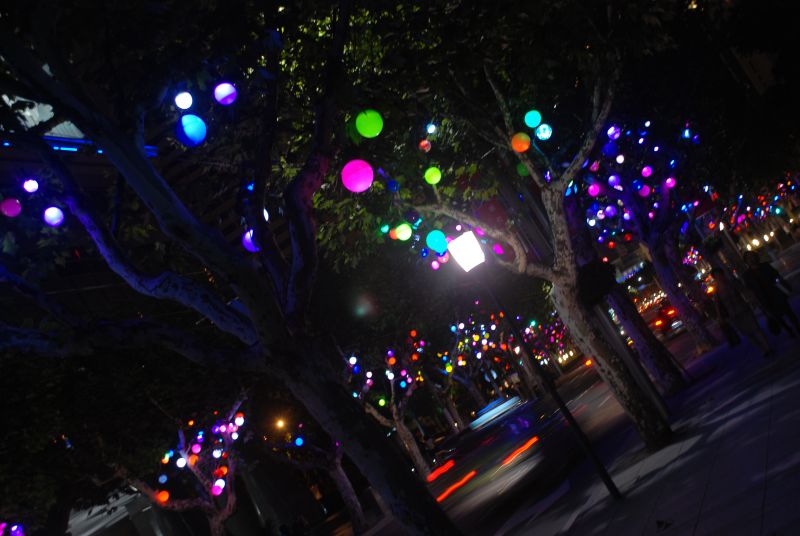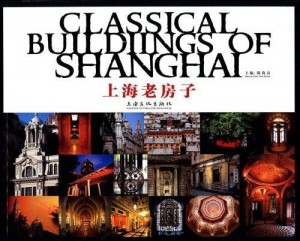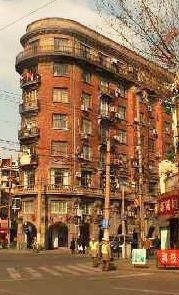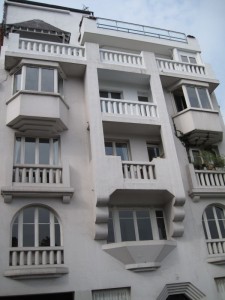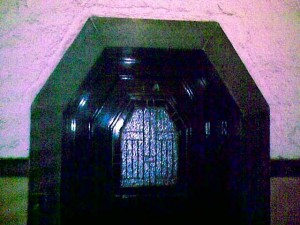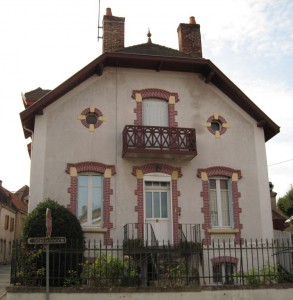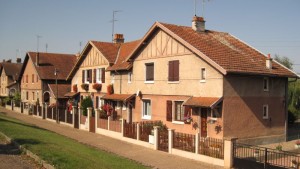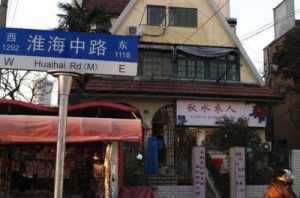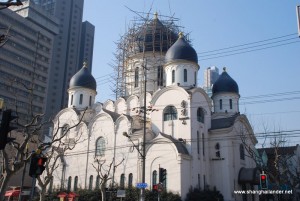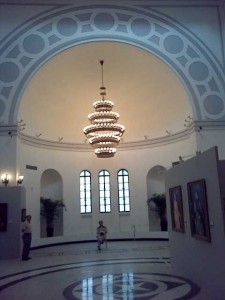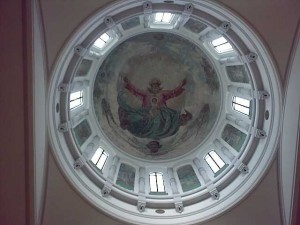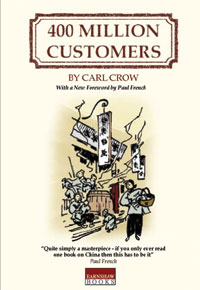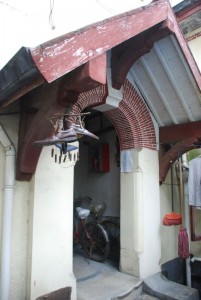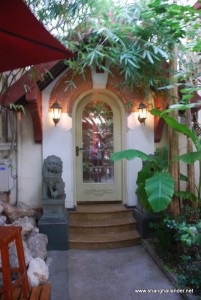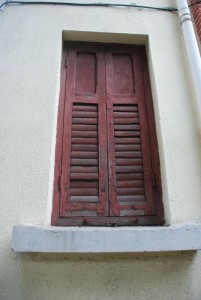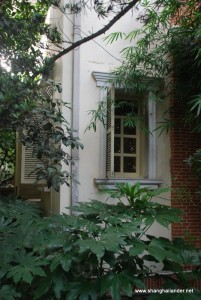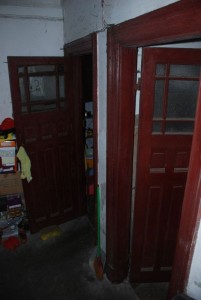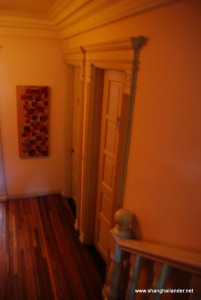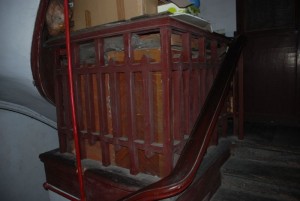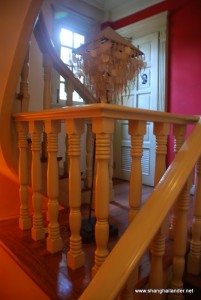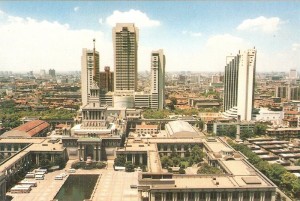
I was looking recently through my postcard collection, running into a series of color shots I bought a few years ago. Although it is clearly from the late 80’s-early 90’s, I tried to get a more accurate date. Shanghai Center from Architect John Portman opened in April 1990. The bridge on Wusong lu was started in 1989 (but I don’t know the month) and Oriental Pearl Tower was started in 1991 (but no trace appear on the picture). I guestimate that the series of picture was taken in summer 1990.
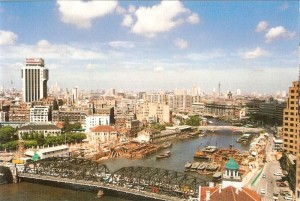
It is amazing how much the city had changed when the pictures where taken, compared to 1930’s pictures. Shanghai Center and JC Mandarin hotel dominated Puxi sky, but most of the features of Old Shanghai were still the main features… 50 years later, including Park Hotel that was the highest building of Shanghai until 1983. Similarly, The Embankment building as well as the buildings behind the Bund were still very high and unchallenged in that area of the city. They now seem very small, as the whole background of HongKou is being redeveloped.
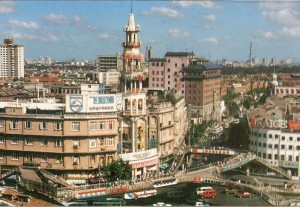
Nanjing Dong Lu that is now pedestrian was still open to traffic then and the elevated motorway did not exist yet (they date from the mi 90’s). The old Nanjing Theater (today Shanghai concert Hall) is not visible on the picture, but was in the same line as the buildings on Yanan lu, while the whole plot on Yanan / Xi Zhang was not yet destroyed to create a park.
The best picture is surely the view of Pudong in the same period…
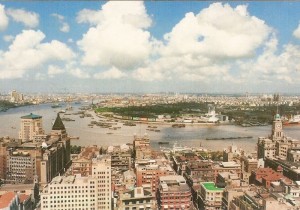
without any skyscrapers. There was quite a few apartments then, but was really still the underdeveloped part of the city. The difference with today is so radical that it is hard to believe it only happened in 20 years. At that time the only way over the river was the ferry as Nanpu Bridge only opened in 1993. The ferry terminal looks like it was not changed since the 1930’s… it is now long gone. Shanghai development is impressive, and nowhere more than in Pudong. I like modern architecture I love going around the towers there… destroying Puxi’s small street to compete in height with the new kid on the block does not seem such a bright idea though.
